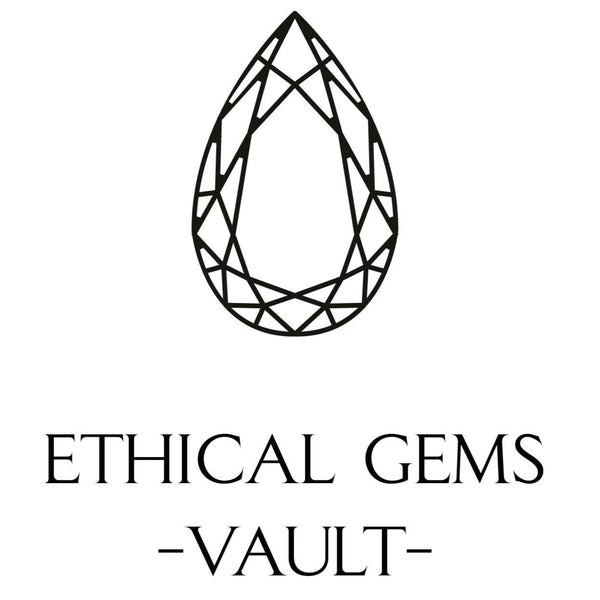
Are sapphire and ruby the same?
Share
Sapphires and rubies are two of the most cherished gemstones, each exuding unique beauty and allure. A common question among enthusiasts and buyers is whether these two gems are the same. While they share similarities, distinct differences set them apart.
Shared Mineral Composition between rubies and sapphires
Both sapphires and rubies belong to the corundum family, a crystalline form of aluminum oxide (Al₂O₃). Pure corundum is colorless; however, the presence of trace elements during its formation imparts various colors to the crystals. This shared composition grants both gemstones exceptional hardness, ranking 9 on the Mohs scale, making them ideal for everyday wear in jewelry.
Color Distinction beyween sapphires and rubies
The primary difference between sapphires and rubies lies in their color, determined by specific trace elements:
-
Rubies: The rich red hue of rubies is due to the presence of chromium. The intensity of red can vary, with the most prized rubies exhibiting a deep, vibrant red often referred to as "pigeon's blood."
-
Sapphires: While blue is the most recognized color for sapphires, they can occur in a spectrum of colors, including pink, yellow, green, and purple. These variations, known as "fancy sapphires," result from trace elements like iron and titanium. Notably, any corundum gemstone that isn't red is classified as a sapphire.
Market Value and Rarity of rubies and sapphires
Both gemstones are highly valued, but certain factors influence their market prices:
-
Rubies: High-quality rubies, especially those with minimal inclusions and vibrant color, are rarer and can command higher prices per carat compared to sapphires.
-
Sapphires: While generally more abundant, sapphires with unique colors or exceptional quality can also fetch premium prices.
Cultural Significance of rubies and sapphires
Throughout history, both gemstones have held significant cultural and symbolic meanings:
-
Rubies: Often associated with passion, vitality, and protection, rubies have adorned royalty and warriors, symbolizing power and courage.
-
Sapphires: Linked to wisdom, virtue, and divine favor, sapphires have been favored by clergy and nobility, representing purity and faithfulness.
Conclusion
